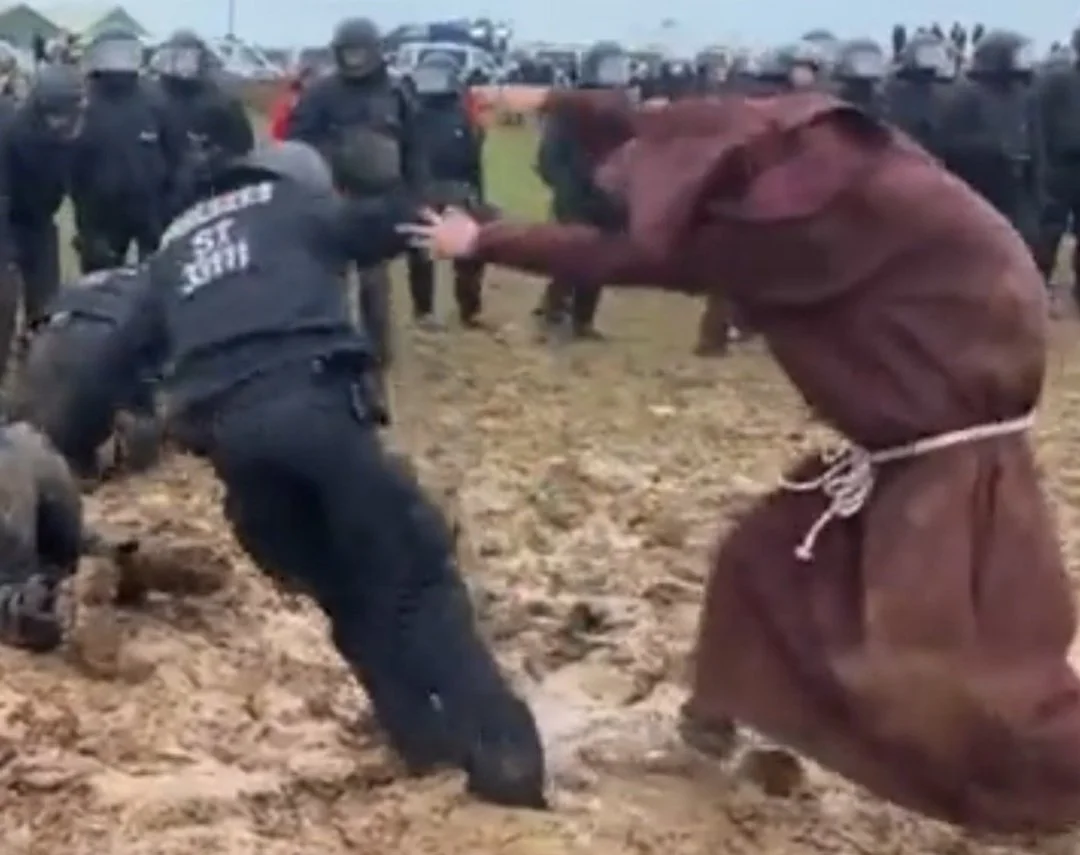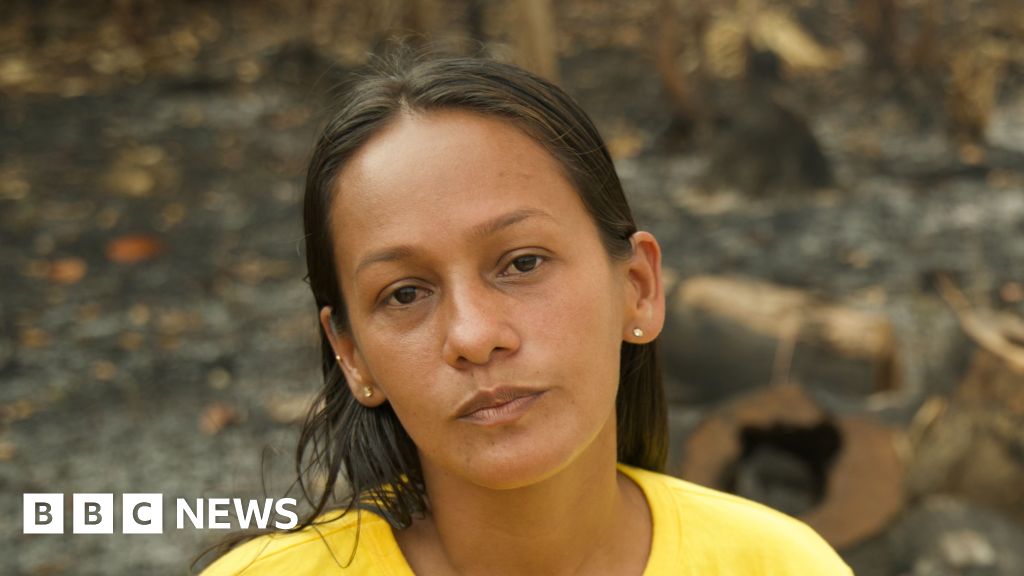In recent years, deforestation has slowed in the Amazon. But despite attempted crackdowns by state authorities, lawlessness is still rife, and the state presence feels minimal.
Some of the Amazon is privately owned by individuals or companies. Private owners are meant to conserve 80% of the rainforest on their land by law, and can develop the remaining 20%. But this is not well policed.
Some of the land is classified as a state-owned protected reserve, or as an indigenous reserve. Some land though is undesignated entirely - meaning it is not privately owned by anyone, and has also not been protected as a reserve.
Those areas are particularly vulnerable to land-grabs. Everywhere you drive or fly over in the south of Amazonas state, mines, loggers and farms are visible.
[…]
The fires may be mostly started by humans, but they have been made worse by Brazil’s worst-ever drought, which has turned the normally damp vegetation into a dry tinderbox.
The drought has seen the level of the rivers drop to historic lows, and almost 60% of the country is under stress from the drought.


